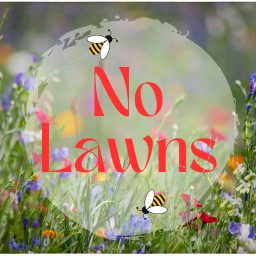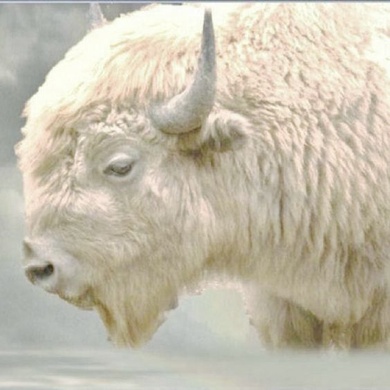I’m in the Piedmont (South-east US) region with a hardiness zone of 8a. I have a large area of turf grass, and I want to plant native plants, attract butterflies, native insects, fireflies, all of it. I’m looking for trees, shrubs, small plants, anything would be nice to plant.
Where do I start? I see a lot of different species online, but where can I get seeds for them to plant? Is planting from seeds a viable option for a beginner?
Any help would be appreciated!
Seeds are a good idea but I’ve had a lot better results starting them inside. I start them a week or two ahead of when they would start shooting up outside naturally.
I use a big tray with decent drainage, I moisten the soil first so it’s an even moist through the whole thing, put down a layer of seeds on top, put a little bit of most soil over them, just enough to cover them, I put some plastic wrap or a plastic bag over it with some air holes, and let it sit somewhere warm with no direct sunlight for a week. I personally use a seed mat but I know people who put them on top of their fridge or other places that stay a little above 70°
As soon as they germinate you don’t NEED the plastic wrap but you can keep it a little longer to keep the soil moist if you want. Once they’re an inch or two tall, I divide it all up (if I’m not using a divided tray already) and go plant them in the garden.
This method works with just about anything you wanna plant. It helps to get things started and established inside where it’s a controlled environment.
I wouldn’t plant from a seed, especially a tree or shrub.
Check to see if your state as a native plant society or you can start here: https://www.audubon.org/native-plants
I, personally, haven’t had much luck direct-sowing natives. I always get extremely low germination rates, then pests or weather kill the ones that do survive. Perhaps I’m buying old seeds or not buying/sowing enough. The only things I get good results from direct-sowing are annual vegetables.
What I’ve been doing for the past couple years is picking up truckloads of mulch or getting ChipDrops (I’ve waited months for ChipDrops, and when a request expires, I raise my donation amount), then sheet-mulching an area (cardboard or paper paint drop-cloth), and covering with 4"+ of chips or mulch. I then go to a local nursury, ask what plants may do well in a particular area (full dry shade, part shade, deer resistant, etc), and pick up a variety of plants. I only pick up 1 or 2 plants of a species/variety, because plants are expensive, and I want to see if they survive before investing in more. I then dig a hole in the mulch, stab holes in the sheet mulch, dump purchased soil into the holes, then plant the plants into them.
I’ve just started collecting seeds from some of my plants, and I should be able to divide some of my plants or try to root cuttings soon. Hoping I can avoid spending shitloads of money by just propagating what I have to fill all the mulched areas out.
Ooh thank you for the advice about ChipDrops, it sounds really cool! Their website suggests that the deliveries can be very large (https://support.getchipdrop.com/article/6-can-i-get-a-smaller-load). Are they really this big often? How would you recommend handling it if the load is that big?
Both times I’ve received ChipDrops, the loads were an entire dump truck; ~20 cubic yards. I just used a wheelbarrow, a many-tined pitchfork, and a garden rake to make multiple large mulched beds, and a small pile in my back yard. I now have multiple large mulched beds, use it to cover food scraps in my compost bin, and use some in my vegetable beds/paths. It’s about a full day’s work to handle it all. I think ChipDrop also allows people to notify other users you’re giving some away if you can’t use it all, or you could try something like Craigslist.
Some fantastic advice here already, but I want to emphasize a few points:
Start small, especially if you have a big property. Changing the entire landscape will be a process, so start with a small area that you can actively maintain and then expand from there. Once your plants are established, they will take much less maintenance than when they’re first getting going.
Starting from seed can be an easy way to propagate uncommon plants you find around you (and a great way to preserve local genetics for native species), and it can be very fun and rewarding, but it’s not necessarily the easiest way to start. I might try a mix of strategies to see what works best for you. Try starting a few things from seed, and also buying a few perennials in pots from local nurseries. Keep in mind that a lot of plant seeds won’t survive desiccation the way domesticated crop seeds do. You can find propagation information online that is specific to the species you want to grow.
If you do plant any trees, make sure to place them thoughtfully relative to permanent infrastructure like sidewalks, structures, or pipes. But If you have space for them, larger trees are exponentially more valuable for urban wildlife/biodiversity than smaller ones. And they don’t need as much room at ground level as many people think. In general, oaks are probably a keystone species in most of the Eastern US, and there are many species, so there should be one for almost every environment. I’m an arborist, so let me know if you need more specific advice on the tree stuff!




